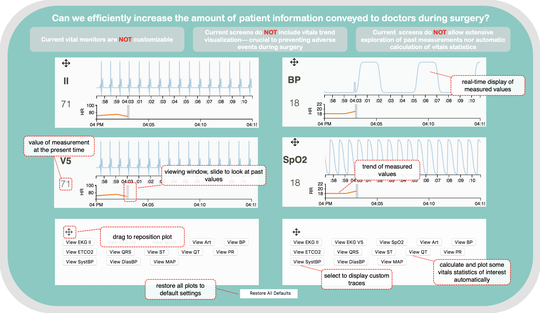Alex Okeson
Data Scientist | Research Engineer
Biography
I am an industry data scientist/research engineer with expertise in exploring, understanding, and improving how people use machine learning and data analytics to better interpret information and make decisions based on data. Previously, I completed my PhD in Computer Science and Engineering at the University of Washington advised by James Fogarty.
Interests
- AI for non-AI experts
- Exploratory data analysis
- Applied predictive machine learning
- Machine learning interpretability
- User centered design
Education
-
PhD in Computer Science & Engineering, 2022
University of Washington
-
MS in Computer Science & Engineering, 2021
University of Washington
-
BS in Computer Science, 2017
University of Colorado Boulder



